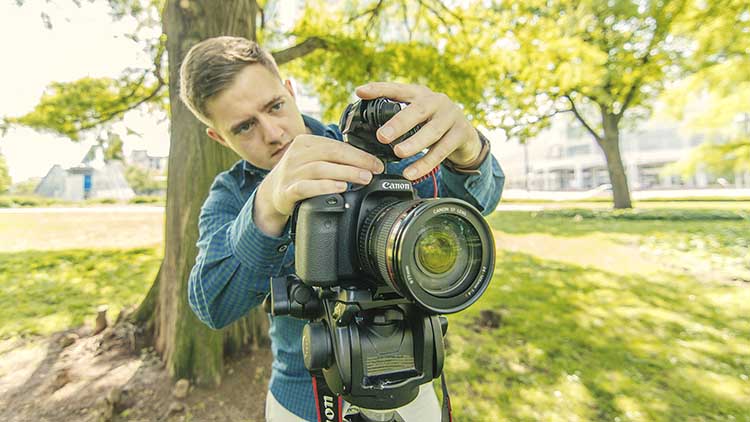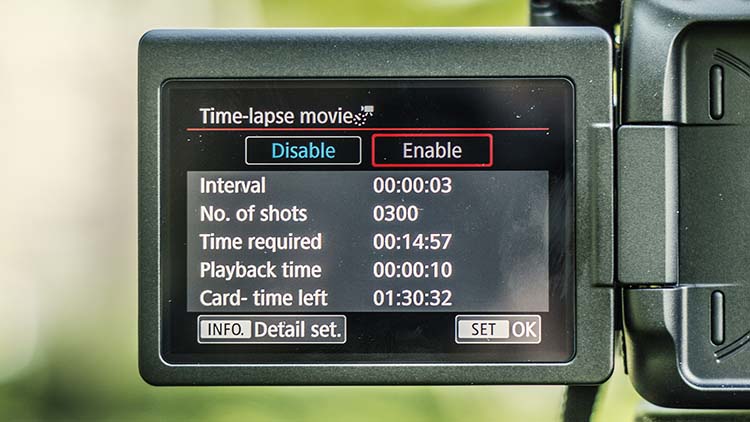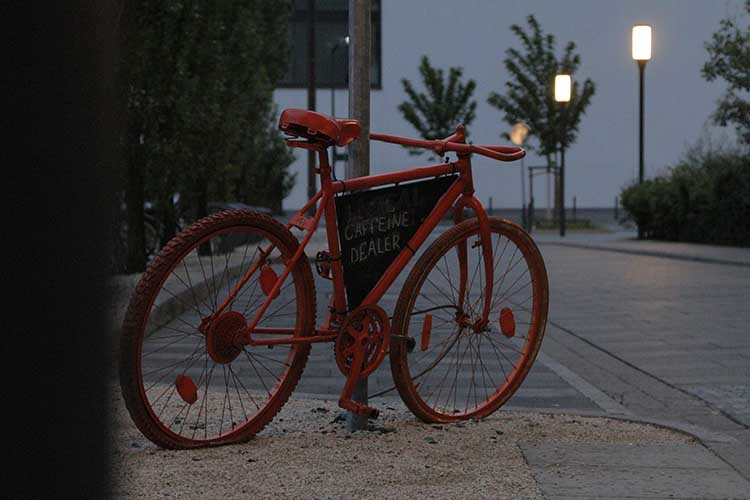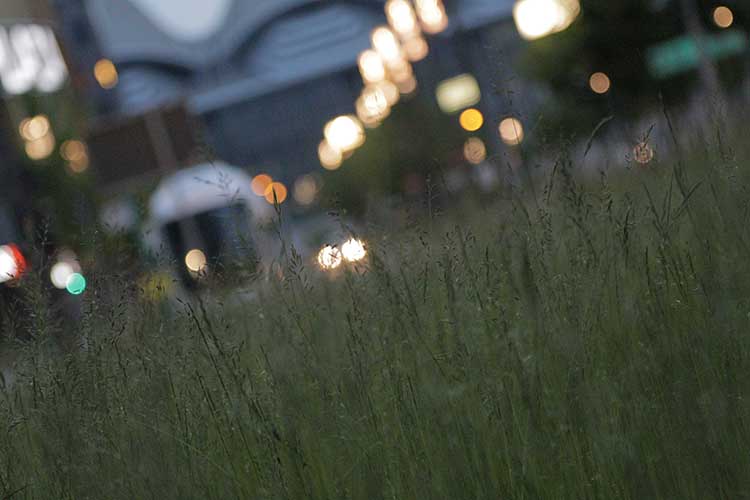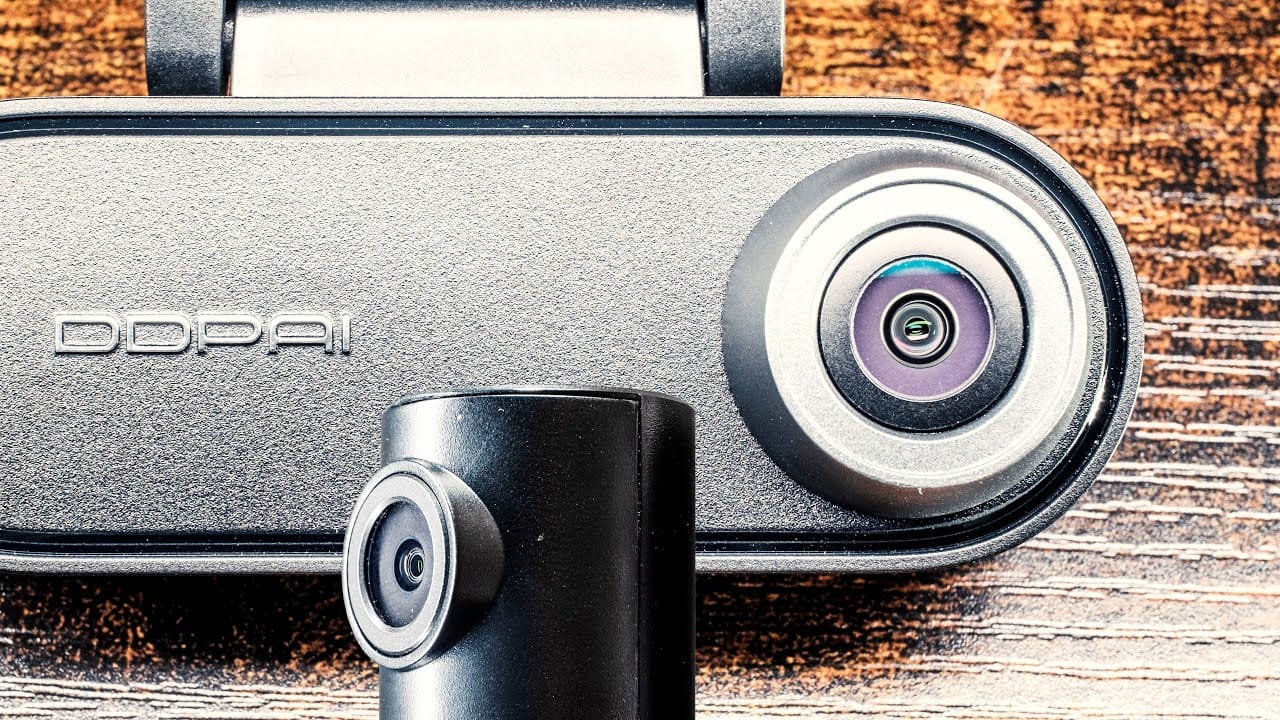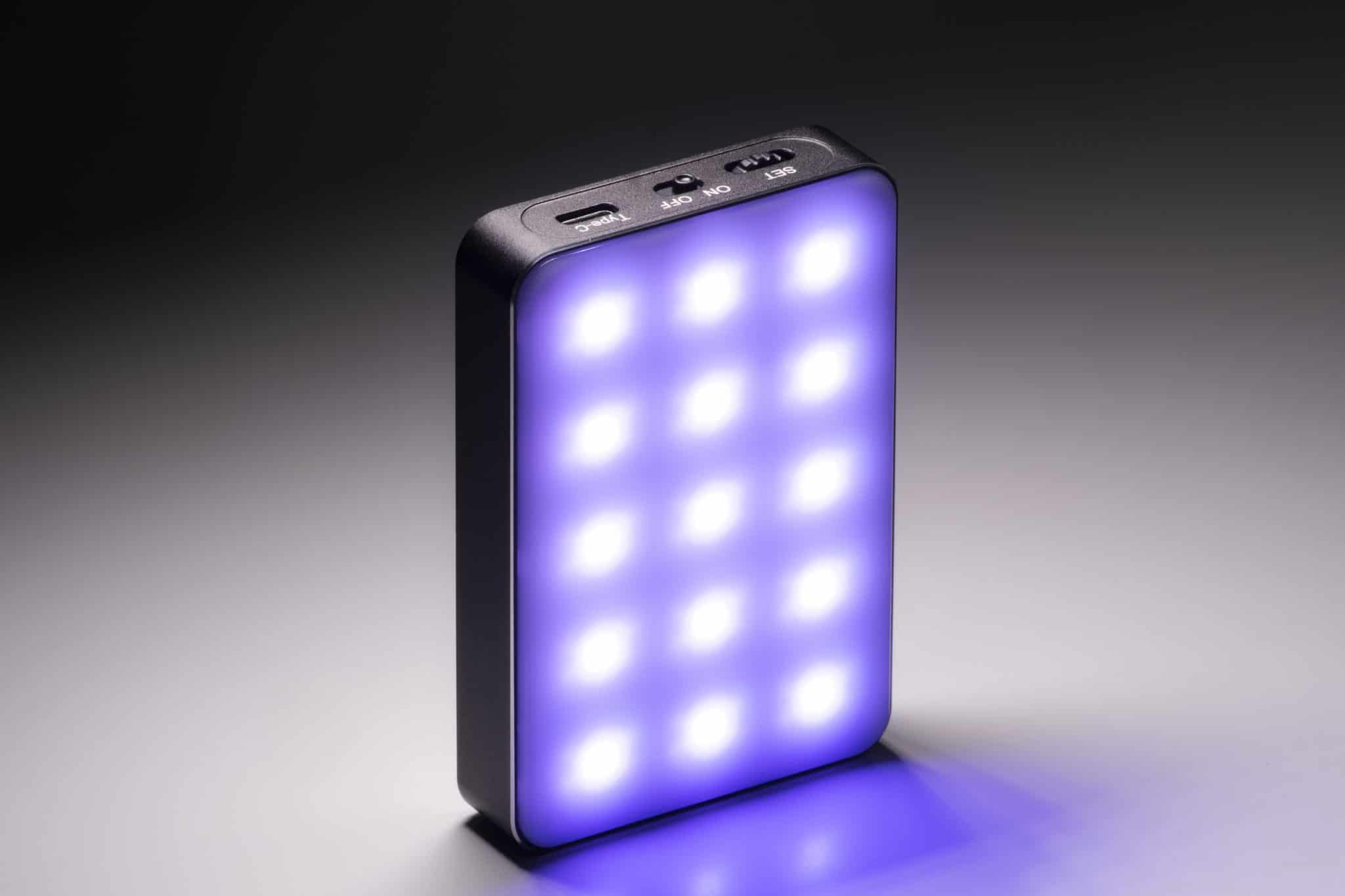In September 2013 ago we got our hands on a Canon EOS 70D and were overall happy with the performance and results in video mode. Almost three years later we tested its successor the EOS 80D for a week. How much has changed and improved? Three words: Not that much. But that doesn’t mean it’s not worth it taking a closer look at Canon’s latest mid-range DSLR.
You can watch our 8-minute video review below:
For filmmakers the specs are quite underwhelming. No 4K, only 1080p recording at 24, 30 and finally 60 frames per second which is useful to create slow motion shots (25p and 50p in PAL). Another disappointment is that the picture profiles are still the same as in the previous model. There is no log or flat picture style available. We shot everything using the “Neutral” picture style with the contrast and sharpness turned down all the way and the saturation at -2. Even when shooting with this picture style moiré and aliasing are still visible when filming fine lines. But the image is a bit sharper and cleaner than the 70D’s. Additional film features like focus peaking or zebras are also missing but you can enlarge the image before hitting the record button to see what’s in focus. Just like other Canon DSLRs the 80D also has a recording limit of 29:59 minutes. After that time the recording will be stopped.
The Dual Pixel CMOS auto focus has been improved and works great when filming all kinds of shots like people walking in front of the camera and when moving the camera towards different subjects. The 80D has three different focus modes in video mode and even the speed of focusing can be adjusted but only when using Canon STM lenses. We shot a lot with the 18-135mm F/3.5-5.6 STM and the trusted 24-105mm F/4 lens.
Definitely fun to use and always welcome is the internal timelapse mode. Even though you have to select the number of frames the final timelapse won’t be saved as a photo sequence but a as a video file with 29.97fps in 1080p. The good thing about this timelapse mode is that the image is sharper than when recording real time video. As you can see on the photo below the camera also shows how long the timelapse will be and how much space is left on the SD card.
Even though the video mode is not a big step up the photo mode definitely impresses. The photos are detailed, sharp and have a high dynamic range. Raw pictures can be edited heavily and the exposure and contrast pushed pretty far without seeing much noise.
You can check out our 80D album on Flickr to see some high resolution photos.
The noise performance at high ISOs has definitely been improved. Video at ISO 3.200 is still usable but the video gets noisy above that value. The highest ISO available in video mode is 12.800 which is very grainy and colored noise is visible everywhere.
Here is a little edit featuring different clips shot at night:
Below is an umcompressed low light sample clip shot at ISO 12.800 with All-I compression that you can download.
Canon EOS 80D: ISO 12.800 Sample from Fenchel & Janisch on Vimeo.
Make sure to click on the photos below captured with the 24-105mm F/4 lens to see how well the 80D performs in dark surroundings.
ISO 6.400, F/4, 60mm
ISO 6.400, F/4, 105mm
ISO 12.800, F/4, 47mm
The Canon EOS 80D is a good camera to take photos with and can also be very useful for amateur filmmakers and people who are just getting started with film and photography. The camera will definitely disappoint professional camera man because there isn’t much development happening and it seems like Canon is still stuck in 2012 somehow. There are other cameras available in that price range that have both a log picture profile and 4K recording like the Panasonic GH4 or the Sony A6300 so let’s hope that Canon will still catch up one day.
You can buy the Canon EOS 80D at B&H by clicking HERE!
